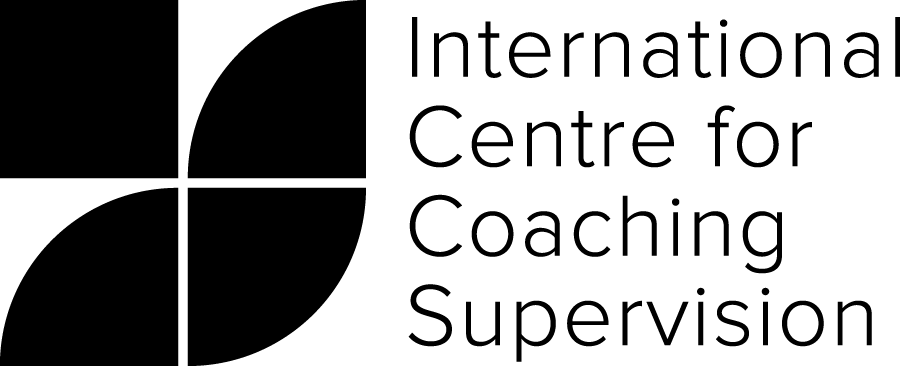What do coaching supervisors do?
This often-asked question highlights the curiosity—and occasional confusion—about their essential role in supporting coaches, clients, and the broader coaching profession.
But what exactly does a coaching supervisor do, and why is their work so crucial to the field?
The Core Functions of Coaching Supervision
Coaching supervisors act as reflective partners, providing a safe and structured space for coaches to explore their practice, challenges, and development.
Their work can be grouped into three core functions, often referred to as the formative, normative, and restorative functions.
Let’s explore these in more depth:
1. The Formative Function: Supporting Professional Development
Coaching supervisors support the ongoing growth of a coach’s skills, knowledge, and self-awareness.
Through reflective dialogue, they help coaches examine their methods, explore alternative approaches, and deepen their understanding of coaching theories and techniques.
This aspect of supervision ensures that coaches stay at the forefront of their profession while honing their craft.
Example: A supervisor might help a coach navigate the dynamics of working with a resistant client by exploring strategies rooted in psychodynamic theory or Gestalt approaches.
2. The Normative Function: Ensuring Ethical and Professional Standards
Supervisors act as a guardian of ethical and professional standards, ensuring that coaches work within the boundaries of their competencies and codes of practice.
This involves discussing dilemmas, managing power dynamics, and considering the broader systemic context of the coaching work.
Example: If a coach is unsure whether their approach crosses the boundary into counselling, the supervisor provides clarity and helps them recalibrate to stay within their professional remit.
3. The Restorative Function: Providing Emotional Support
The coaching journey can be deeply rewarding but also emotionally taxing.
Coaching supervisors offer a supportive space where coaches can process their feelings, address burnout, and find renewed energy for their work. This restorative aspect ensures that coaches maintain their emotional resilience and wellbeing.
Example: A coach dealing with a particularly challenging client relationship might use supervision to unpack feelings of frustration or inadequacy and rebuild their confidence.
Taking a Systemic Lens
One of the most distinctive aspects of coaching supervision is the systemic perspective it brings. Supervisors work not only with the coach but also with the broader systems in which the coach operates. This includes holding in mind:
The Coach and Their Practice: Exploring the coach’s behaviours, decisions, and internal processes.
The Client Relationship: Considering the dynamics between the coach and their client, including how these reflect the client’s broader system.
The Wider System: Acknowledging organisational, cultural, and societal influences that may be shaping the coaching relationship.
Supervisors help coaches see beyond the individual client interaction, uncovering how external factors—like organisational pressures, cultural norms, or systemic power dynamics—impact the coaching process.
This systemic lens fosters greater insight and adaptability, enabling coaches to work more effectively within complex environments.
The Seven-Eyed Model: A Framework for Systemic Reflection
The seven-eyed model, developed by Peter Hawkins and Robin Shohet, is a widely used framework in coaching supervision that encapsulates this systemic approach. It encourages supervisors to examine coaching through multiple lenses, or “eyes”:
- The Client’s System: Understanding the client’s context, challenges, and goals.
- The Coach’s Interventions: Exploring the specific methods and tools the coach uses.
- The Coach-Client Relationship: Examining the dynamics between coach and client, including any parallel processes.
- The Coach’s Processes: Reflecting on the coach’s internal world—thoughts, emotions, and assumptions.
- The Supervisory Relationship: Considering how the supervisor’s interactions with the coach mirror dynamics in the coach-client relationship.
- The Supervisor’s Own Processes: Exploring the supervisor’s internal reactions and how these might inform or influence the supervision.
- The Wider System: Taking a broader view of societal, organisational, or cultural factors affecting the coaching work.
This model ensures that supervision encompasses not just the coach and client but also the multiple interconnected systems they inhabit.
Why Coaching Supervision Matters
The systemic perspective offered by coaching supervision is essential not only for individual coaches but also for the profession as a whole.
It raises the standard of coaching by ensuring ethical practice, fostering innovation, and supporting coaches’ mental and emotional health.
Supervisors create a ripple effect: by helping coaches become better practitioners, they enhance the quality of coaching experienced by clients and, ultimately, the broader impact of the coaching profession on organisations and society.
Conclusion: A Systemic Approach to Coaching Supervision
Coaching supervisors are the invisible hand guiding coaches towards mastery, integrity, and resilience.
Through their multifaceted role, supervisors balance the formative, normative, and restorative functions while holding a systemic perspective.
By integrating models like the seven-eyed framework, supervisors enable coaches to see their work in a broader context—one that recognises the interconnectedness of individuals, organisations, and society.
Whether you’re a coach considering supervision or simply curious about the field, it’s clear that coaching supervisors are the unsung heroes behind the scenes—ensuring that coaching remains a thriving, ethical, and impactful profession.


 Learn About our Coaching Supervision Training
Learn About our Coaching Supervision Training The Complete Guide to Becoming a Coaching Supervisor
The Complete Guide to Becoming a Coaching Supervisor Picturing Coach Supervision: An illustrated Guide
Picturing Coach Supervision: An illustrated Guide Course details and dates for our Accredited Diploma in Coaching Supervision
Course details and dates for our Accredited Diploma in Coaching Supervision A self-assessment to gauge your readiness
A self-assessment to gauge your readiness A course assessment checklist for reviewing any supervision course
A course assessment checklist for reviewing any supervision course


